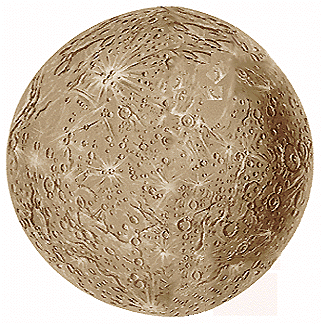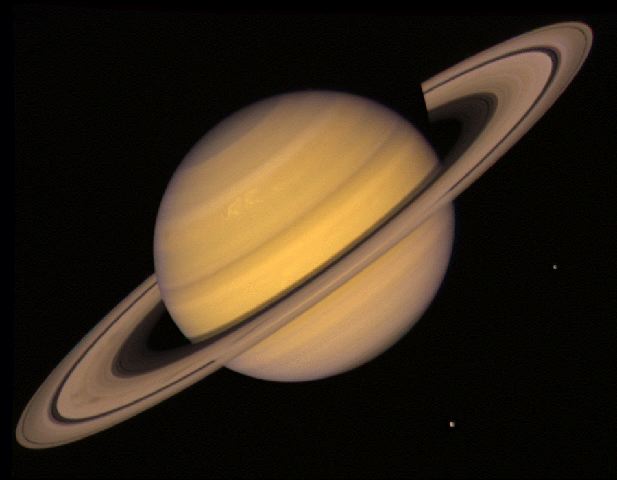The Solar System consists of eight planets*. These planets all travel in circles around the sun. The four planets closest to the sun, known as the inner planets, all have hard surfaces and either no atmosphere or an atmosphere of relatively thin gasses. The four outer planets, because of their distance from the sun, have atmospheres made mostly of liquified gasses, and are known as gas giants
The eight planets, in order of distance from the sun (closest to farthest) are:
The four inner planets are: Mercury, Venus, Earth, and Mars. They are all close enough to the sun to have gaseous atmospheres, although Mercury is so small that it has almost no atmosphere at all. All four of the inner planets have a solid, almost spherical crust.

By contrast, the outer planets have thick atmospheres of gasses such as Hydrogen, Helium, or Methane. These planets are so cold that these gasses are all in liquid form.

Here are the planets listed with their distance from the sun, diameter, and how long it takes to orbit (length of year). Distane and diameter are given in miles
| Planet | Distance From Sun | Diameter | Length of Year |
|---|---|---|---|
| Mercury | 35,983,610 | 3,032 | 88 days |
| Venus | 67,232,360 | 7,521 | 225 days |
| Earth | 92,957,100 | 7,926 | 365 days |
| Mars | 141,635,300 | 4,222 | 687 days |
| Jupiter | 483,632,000 | 88,846 | 11.9 years |
| Saturn | 888,188,000 | 74,898 | 29.7 years |
| Uranus | 1,783,950,000 | 31,763 | 84.3 years |
| Neptune | 2,798,842,000 | 30,778 | 164.8 years |
* Pluto used to be considered the ninth planet, until the
International Astronomical Union changed the definition of a planet in
2006. Now, we have eight planets and three dwarf planets: